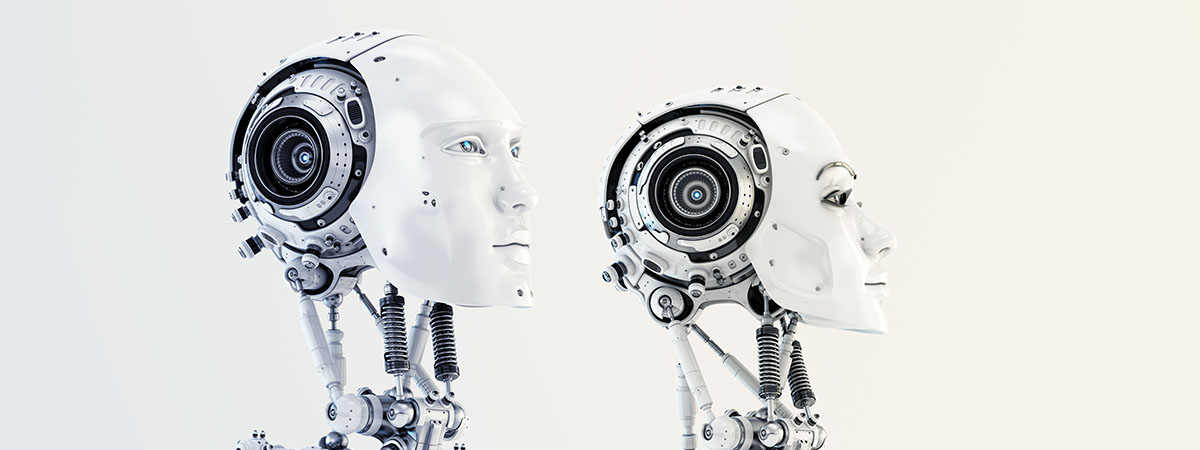
The digital twin to enhance value capturing in manufacturing

Industry 4.0 in manufacturing is seeing our understanding of the way we create and shape the world around us transform rapidly. Because of the digitalization steps that industry is taking, possibilities for new technologies have become visible. The digital backbone that is growing by the digitalisation of industry allows us to connect data flows and information streams of the complete product life cycle, from design, production, usage in the field to maintenance.
A digital twin is a virtual representation of an asset that represents its data, information, models, methods, tools and techniques. The digital twin allows you to take (real-time) data from the physical asset and create a dynamic representation that changes accordingly. This asset can be one product, multiple products but it can also entail a complete production environment, consisting of multiple smaller digital twins. The value of a digital twin is not only captured by how well it represents and characterises its physical partner, it is also characterized by the ability to support the decisions that are made based on the information that it provides.
Upon first coming across the term digital twin, many may draw comparisons to and fall back on their understanding of what they know and are familiar with in the form of traditional CAD data used in design and manufacturing. A digital representation of the geometry of an assembly, part or system. However, a digital twin is not the same as a CAD model. Nowadays, CAD modelling software includes many functionalities to simulate and test the CAD model virtually. A digital twin, when required can incorporate these functionalities as well but is not necessarily focused on the geometry of the product or system. The digital twin incorporates real-time data and has the function of representing its data and information in a contextualized and meaningful way. A CAD model could be used as a visual building block in this representation. In other words, a CAD model is an idealized snapshot in time, the to-be model of its physical asset, often with a limited allowance for smart digital feedback loops. The to-be model is also called the as-designed model that is the ideal version of the physical asset. In digital twinning terms, this would be called a digital master on the condition that it is connected to the digital twin and incorporates feedback loops for learning, validation and feedback.
A digital twin represents its physical asset(s), in real-time. Therefore, it can be said that a digital twin is an ever-evolving digital representation of one or more physical asset(s). Changing, evolving and giving feedback and input at various stages of its life cycle. Next to that, a digital twin can be the basis for a digital prototype that can be used to simulate “what-if scenarios”. Using the data and information that is available to predict and show what would happen when parameters are changed.
The most common misperception of digital twinning is that it can be used in one application field with one way of representation. A digital twin should be developed considering all stakeholders. They all require different perspectives and different insights. Accordingly, a digital twin needs to provide the possibility to show the appropriate perspective and information levels to each stakeholder, providing the right information to the right person at the right moment.
